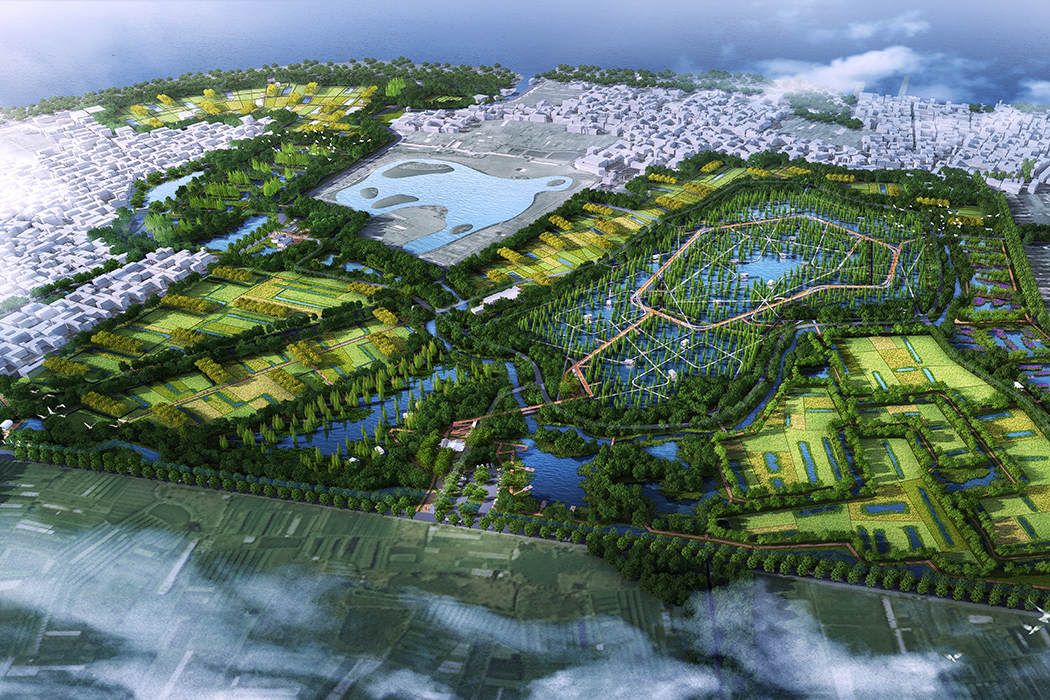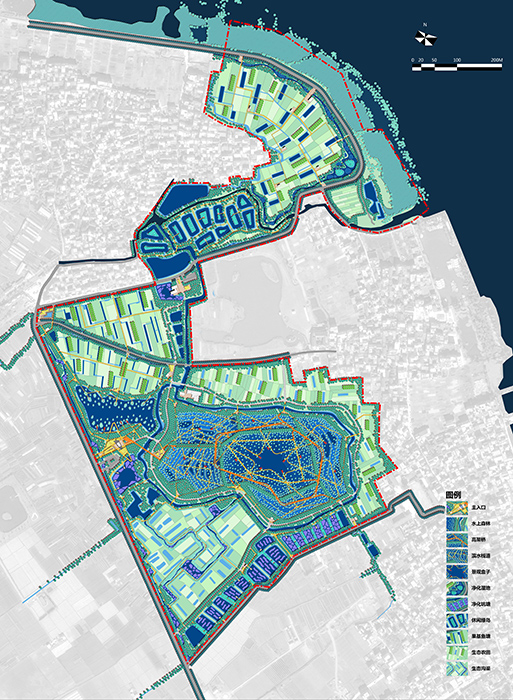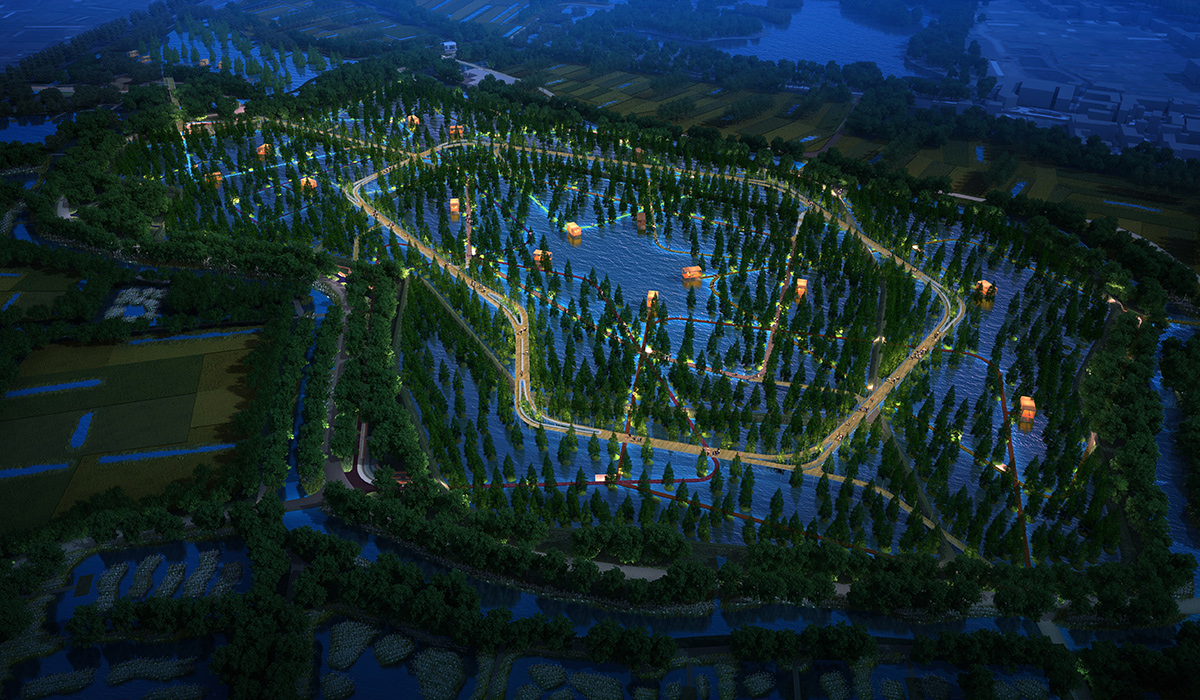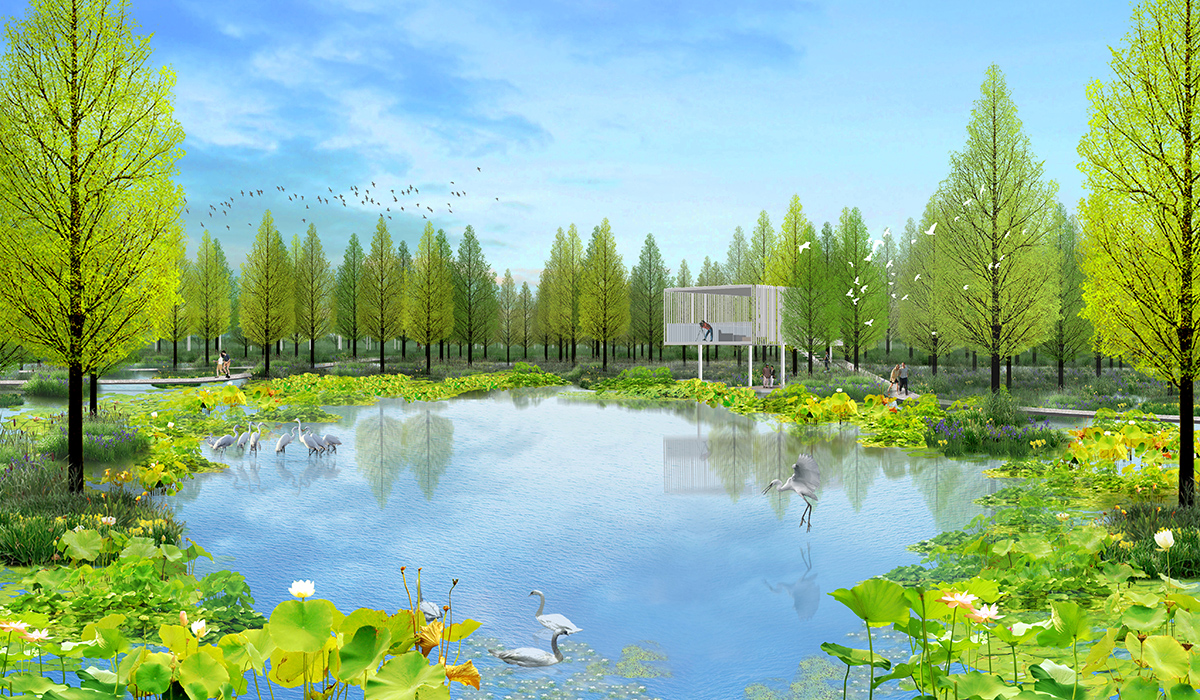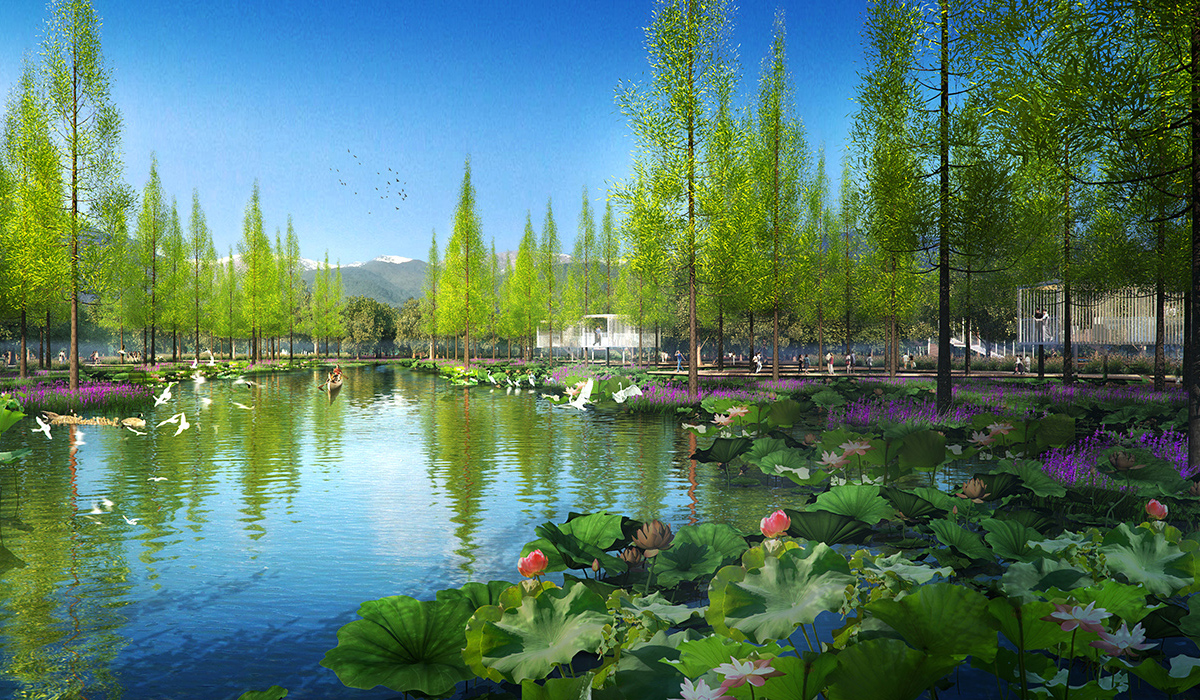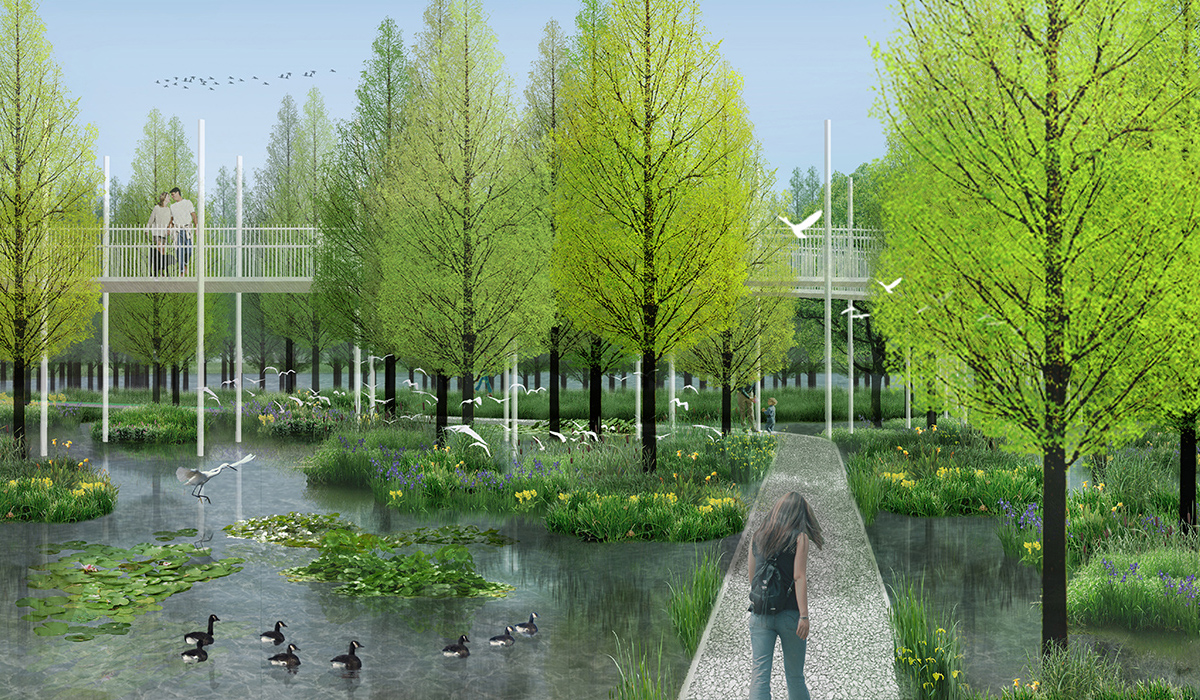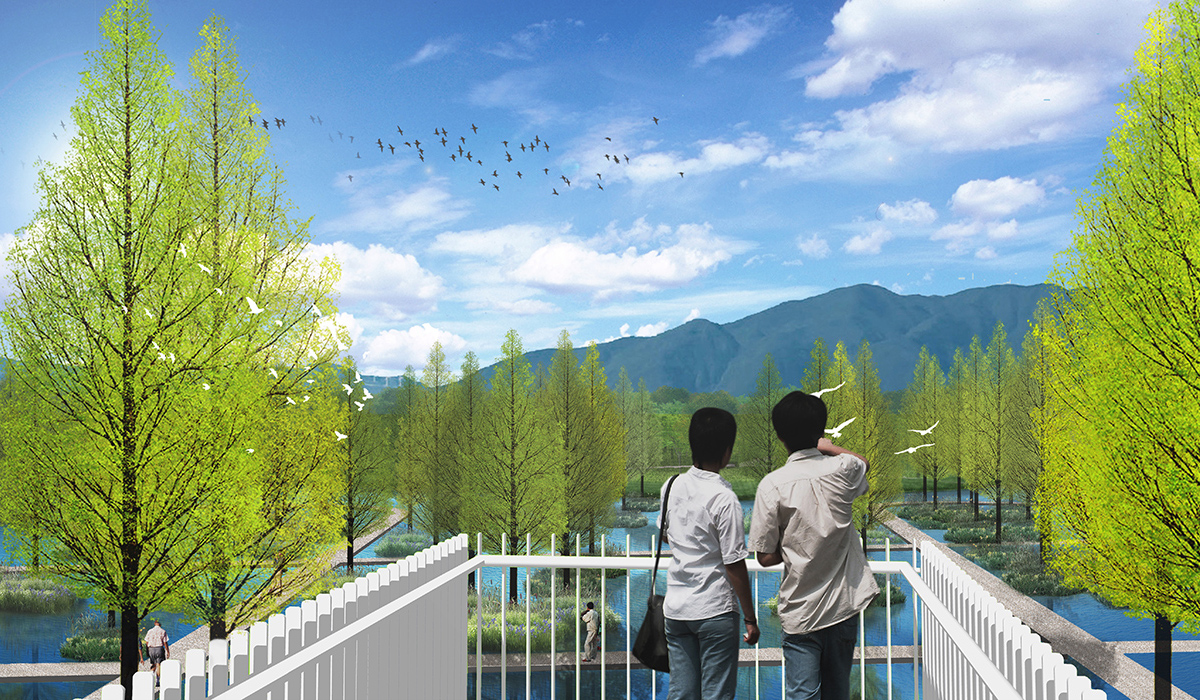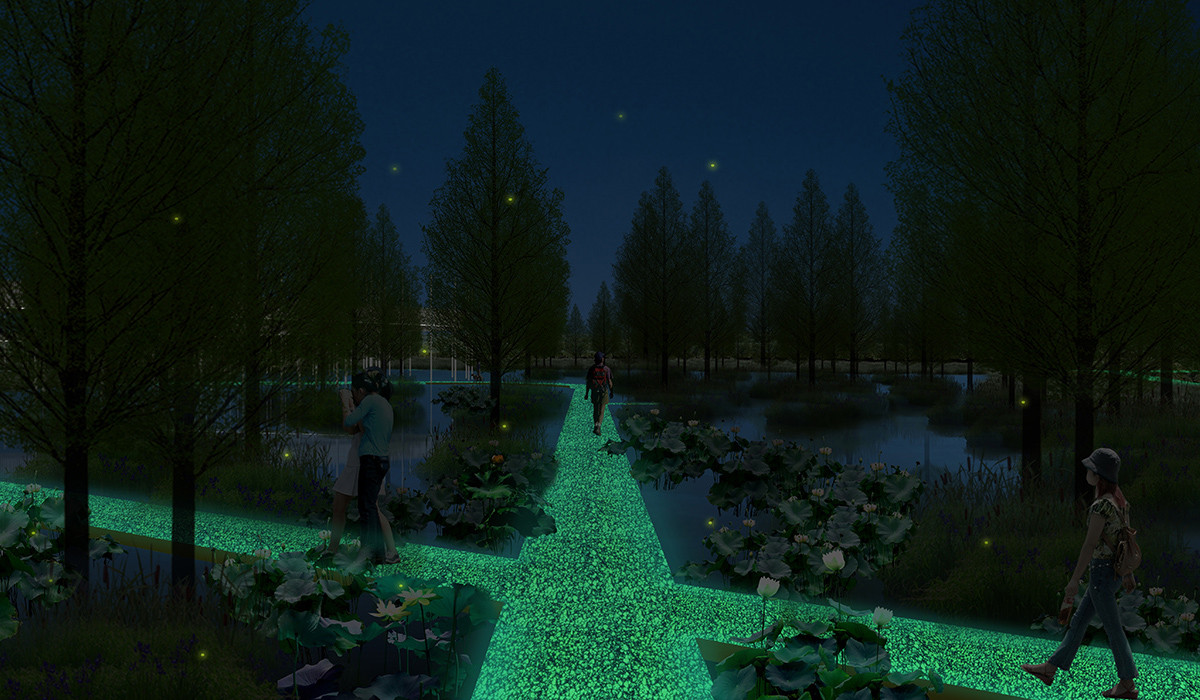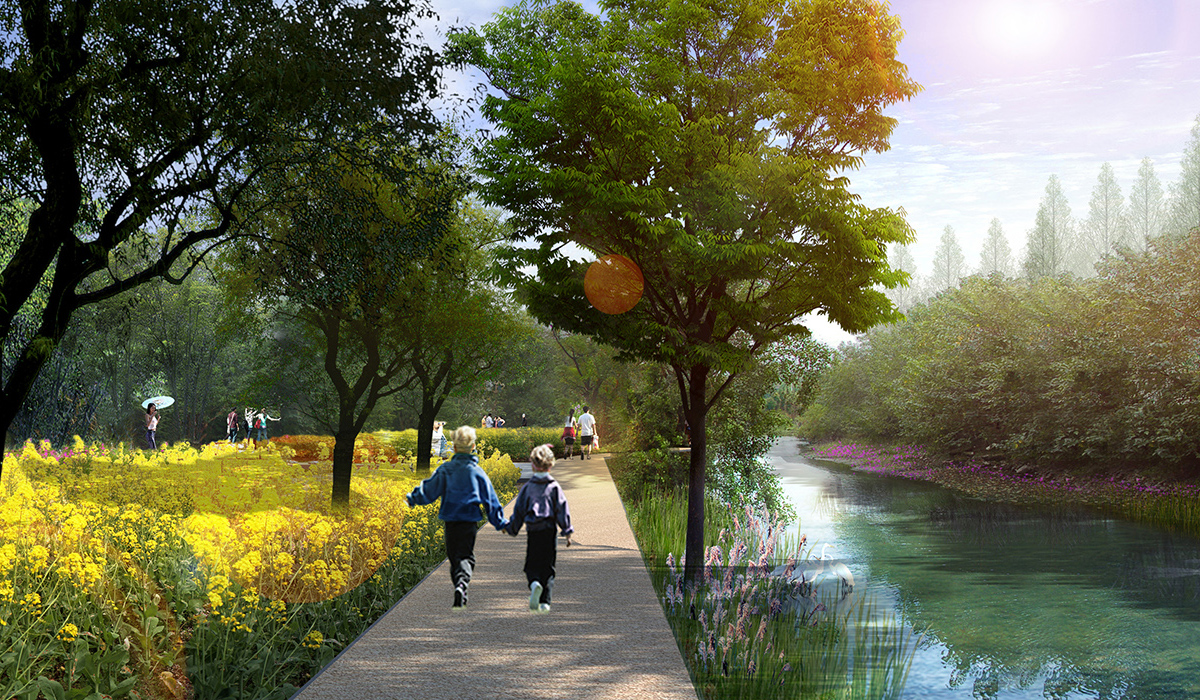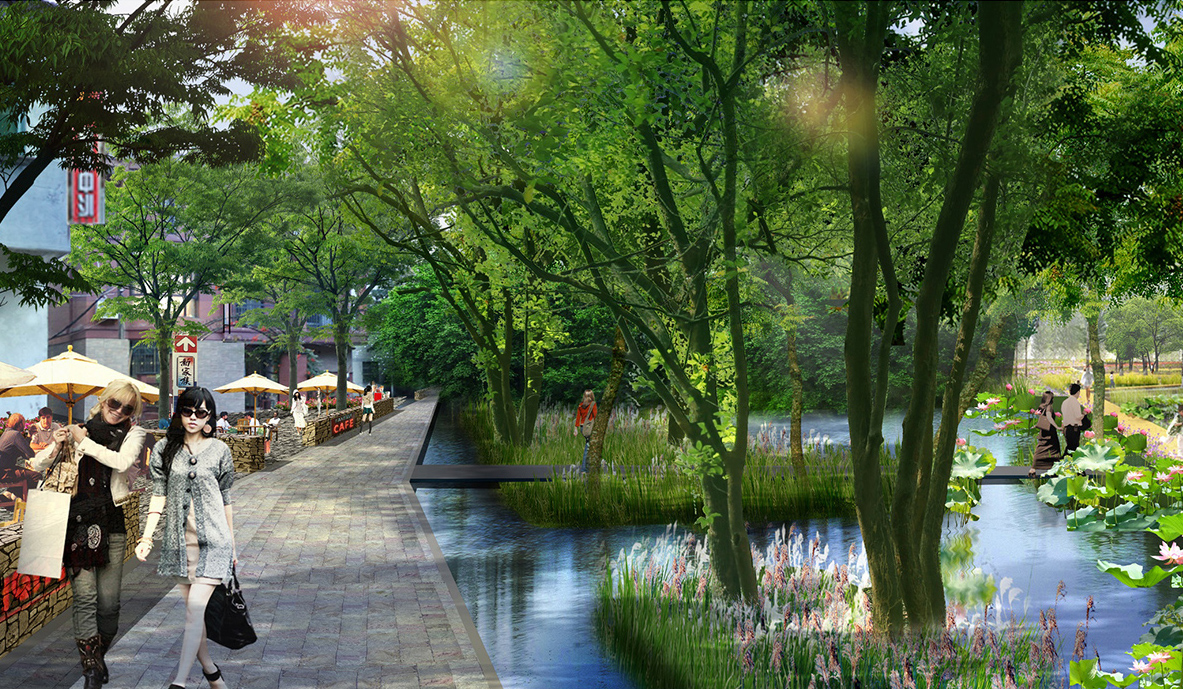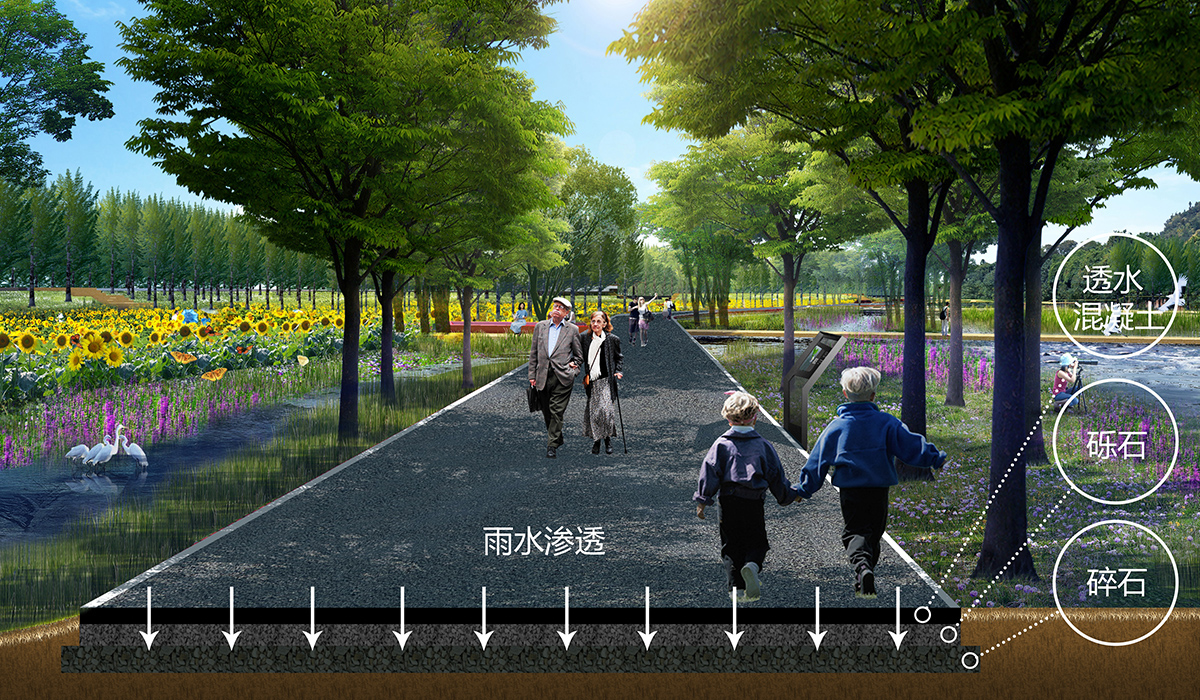Dali Erhai Ecological Management and Leisure Agriculture Demonstration Area
Project Information
- Project Location:
- China Dali, Yunnan
- Project Scale:
- 33.13 Hectares
- Design Time:
- March 2017
- Client:
- Dali Town Dali City
Project Profile
1. Project Statement
This project is located near Erhai Lake in Dali Town, Dali City, Yunnan Province. It encompasses two levels: the study area and the landscape engineering design area. The study area extends from the Cangshan 2200m protection line in the west to the Erhai 1966m protection line in the east, the Taoxi southern boundary in the north, and the Zhonghexi northern boundary in the south, covering an area of 700 hectares. The landscape engineering design area stretches from the western boundary along the West Erhai Ring Road to the eastern Erhai boundary, from the southern edge of Xiaojiyi Village in the north to the Caicun Village road boundary in the south, covering an area of 52.6 hectares.
2. Objective and Challenge
2.1 Problem Summary
1) Agricultural Structure Change:
The traditional rice + potato planting mode has been replaced by high-water, high-fertilizer garlic + tobacco/vegetable planting, leading to increased water demand and discharge, and higher concentrations of nitrogen (N) and phosphorus (P) in runoff, exacerbating non-point source pollution.
2) Short-Term Protection Measures:
Short-term protection measures for Erhai have shown remarkable but unsustainable results.
3) Natural Lake Shrinkage:
Natural lake areas are shrinking as lakes are gradually replaced by farmland and villages.
4) Severe Water Pollution:
Existing water bodies are heavily polluted due to agricultural runoff and the accumulation of household waste in river channels.
2.2 Project Challenges
1) Restoring Traditional Wetlands:
How can we restore traditional wetlands to maximize ecosystem services?
2) Complex Water Systems:
How can we streamline the existing complex water systems and construct an efficient water purification ecological wetland?
3) Creating Unique Landscapes:
How can we create distinctive landscapes to become a new scenic highlight along the West Ring Road?
4) Integrating Vitality:
How can we infuse vitality and build a comprehensive demonstration of ecology and leisure?
3. Design Strategy
3.1 Positioning
Dali Xinghu Wetland: A Comprehensive Demonstration Area for Non-Point Source Pollution Ecological Management and Leisure Agriculture.
The project aims to integrate "Ecology-Art-Leisure," establishing a benchmark for ecological restoration in Dali.
Functions include comprehensive wetland restoration, water purification, ecological experiments, artistic experiences, and rural leisure.
3.2 Planning Strategies
1) Ecological Strategies:
Use the "Source-Flow-Confluence" technical system to address regional non-point source pollution.
Consider water purification measures comprehensively from the source, process, and terminal of non-point source pollution:
- Source: Change agricultural planting structure, restore the traditional rice + broad bean ecological planting method.
- Process: Reduce the supply of inefficient irrigation water and minimize the production of irrigation tailwater.
- Terminal: Strengthen artificial wetlands to purify TN, TP, TSS, etc., ensuring water quality meets standards before discharge.
2) Leisure Strategies:
Enhance the park's popularity by effectively promoting artful rural leisure as the industrial target.
Combine the "1+3" model (ecological agriculture + artful rural leisure) to diversify site activities, increase the park’s economic and social benefits, and boost popularity.
4. Design Feature
1) Ecological Layout Tailored to Local Conditions:
Utilize existing terrain and elevation to slow water flow.
Minimize intervention, employing natural processes to delineate purification processes and zones. These zones include:
- Interception, collection, and distribution of agricultural tailwater.
- Primary purification (surface flow wetlands and subsurface flow wetlands).
- Recollection and redistribution of primary purification effluent.
- Secondary purification (emergent plants and floating plants indicating wetlands).
- Self-maintenance and water quality monitoring of the water body.
- Reuse of water that meets standards.
2) Multi-Mode Ecological Technology Test Field:
Develop six wetland purification models to test purification efficiency. The six models are:
- Pond Mode;
- Island Mode;
- River Mode;
- Vertical Subsurface Flow Wetland + Surface Flow Wetland;
- Horizontal Subsurface Flow Wetland + Surface Flow Wetland;
- Forest on Water.
3) Forests on Water - Unique Water Purification Landscape:
Create tree islands of varying heights to purify water through the adsorption capacity of plant root systems, forming a forest on water landscape.
4) Artistic Road System for Convenient Tour Services:
Two-tiered service system (motor vehicle system + slow-movement service system) includes elevated bridges, colorful luminous waterfront walkways, primary and secondary slow-movement paths, and service points, providing convenient and rich tour services.
5) Promoting Tourism Transformation through Rural Leisure:
Promote the transition from sightseeing to leisure tourism in the area through a combination of leisure agriculture, wetland purification demonstrations, fruit-based wetland production, wetland purification research, pond island leisure fishing, forest on water recreation, and coastal ecological experiences.
6) Smart System to Experience Ecological Beauty:
Use mobile apps and VR experience boxes to showcase the water purification and ecological restoration process from multiple angles.
5. Conclusion
By addressing the four major issues—resilient inner rivers, urban terraces, slow-movement corridors, and Lohas parks—the Dali Xinghu Wetland will effectively perform the function of purifying non-point source pollution between Taoxi and Zhonghexi. It will also revitalize regional industries, serving as an excellent demonstration project for ecological management and industrial development around Erhai Lake. This project will bring an eco-friendly, safe, and healthy wetland park to the Erhai area, becoming a stunning landscape along its shores and setting a benchmark for ecological restoration and embankment improvement in the Chaohu region.
